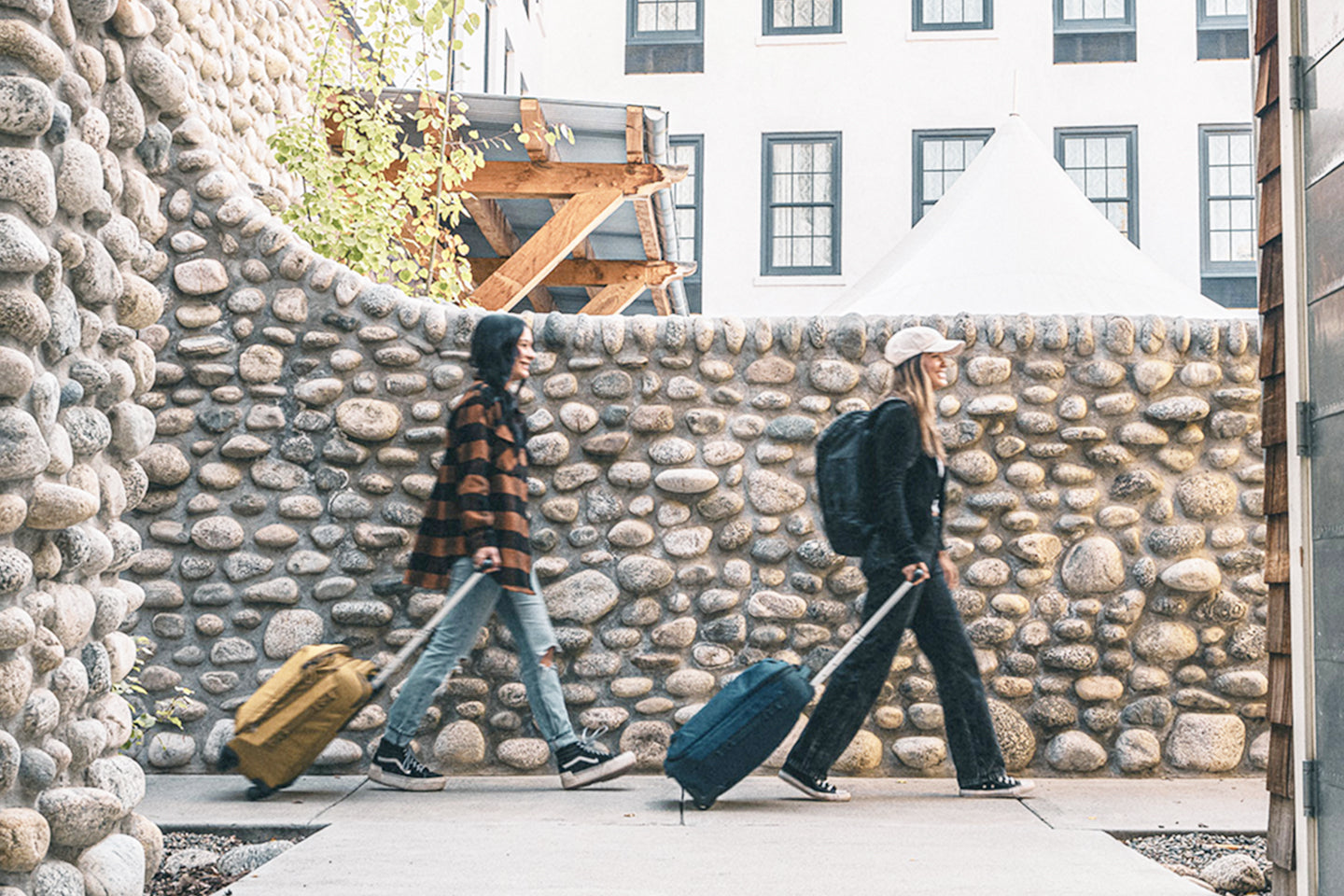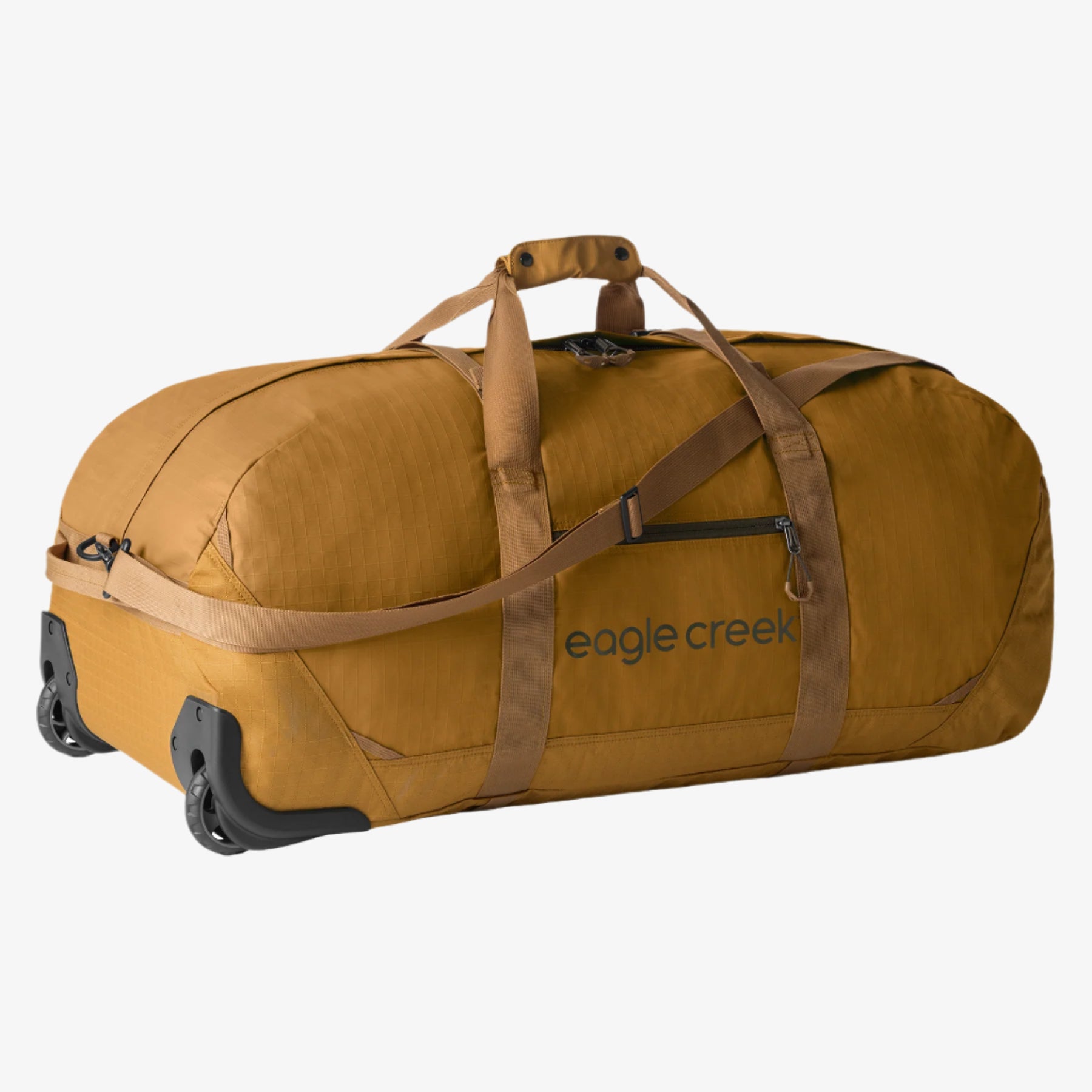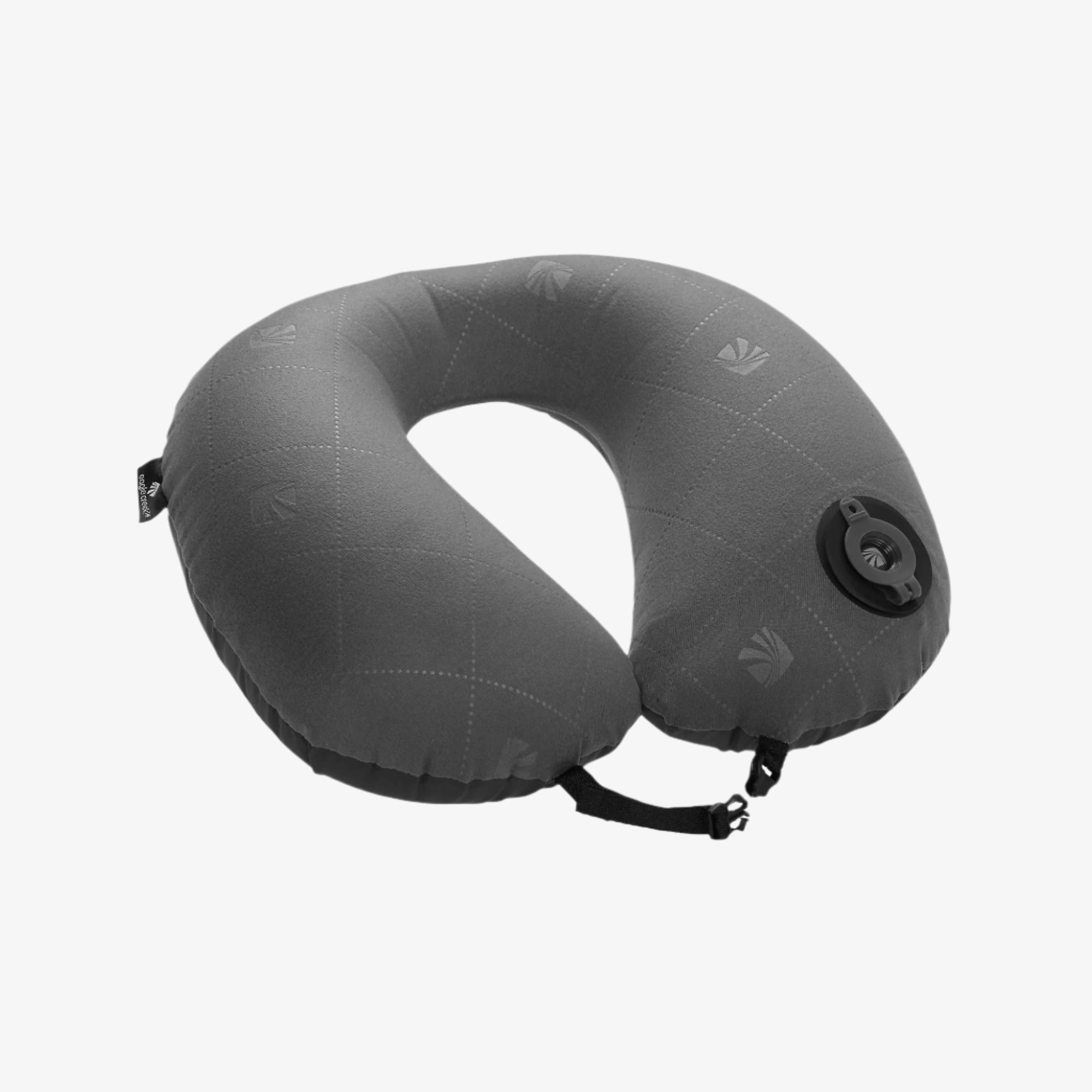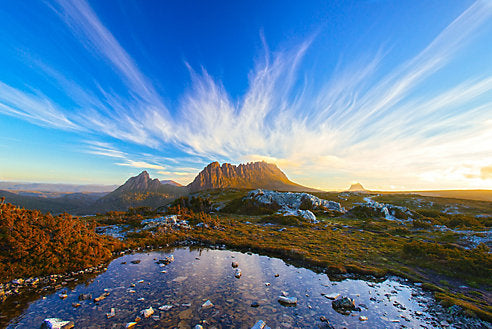Sometimes an unexpected destination is just the place you’ve been looking for to find your unknown.
“Oh, are you going on safari?”
That was a common question I would get asked whenever I told friends that I was planning a trip to Tasmania. I had to explain that, no, I wasn’t going to Africa—I was going to Australia. (Maybe they thought that I meant Tanzania?)
Tasmania (shortened to “Tassie” by locals) is an island that's located approximately 150 miles (240 kilometers) off the coast of southeastern Australia. It's the 26th largest island in the world and a compelling reason to venture off the mainland.
However, I wasn’t in any position to judge. Until I had actually met someone from Tasmania, this island didn’t ping my radar as a must-see destination. After a few years of long-distance chatting, though, I was convinced to make the trek during Tasmania's spring season. While Tasmania is beautiful year-round, the winter can be harsh. Visiting in the late spring to early fall gives you longer days and more pleasant temperatures.
What I found was surprising. While I knew that there was some amazing scenery (approximately almost 45 percent of Tasmania’s land is made of national parks, reserves, and World Heritage Sites), I didn't know about the culture and history that is also inherent to the experience. My unexpected experience in Tasmania proved to me that travel can truly open your eyes to realities that defy expectation.
No matter what your interests are, there is sure to be something that will strike your fancy in Tasmania. Learn about some of the area's best attractions, below.
For the: History Buff
While indigenous people inhabited the island for almost 40,000 years before the English colonized it, there is little remaining of that epoch. The subsequent years left remnants, though, which you can visit and explore. For a taste of colonial life, Hobart has some lovely sandstone buildings; head north for quaint villages. There is also a rich maritime history, which will intrigue any boat buff. However, Australia was first and foremost an English penal colony. To learn more about the convict experience—which isn’t always pleasant, but is compelling—visit one (or more) of the UNESCO World Heritage-listed convict sites, like Port Arthur near Hobart.
For the: Culture Connoisseur
Tasmanians have a bit of a reputation on the mainland as being “behind the times” or rural. However, these naysayers have probably never visited. There’s a robust music scene and some wonderful art museums in Hobart and Launceston. However, the standard bearer is The Museum of Old and New Art (MONA) in Hobart. This houses international treasures and provocative modern and contemporary art, as well as a vineyard, brewery, and the owner’s private tennis court.
Tasmania is also a destination where you can eat and drink very well. The island has been living the farm-to-table lifestyle (since before it was cool) with a focus on regional cuisine. Look for dishes that include local foods, such as wild abalone (a type of shellfish), Leatherwood honey, salmon, wasabi, black truffles, saffron, or grass-fed beef. Stick with local restaurants to get the most authentic bites, and also to support the local economy. On the imbibing side, the plethora of apples (it is, after all, known as the Apple Isle) spurred a cider renaissance, and the wine, craft beer, and spirits are top-notch, too. Loosen that belt and enjoy.
For the: Nature Lover and Adventure Seeker
For all of the indulging possible, it’s also easy to work off those calories. More than a third of Tasmania is protected space, which means that there are more tracks, trails, rivers, mountains, and waters than you can explore in a week—or even in a year.
On the coasts, you’ll find plenty of fishing, surfing, sailing, kayaking, and diving. There are also great opportunities for whale-watching and bird-watching on the water.
For those who prefer to stay on dry land, Tassie is a bushwalker’s (hiker's) idea of heaven. There are world-famous places to trek, like Overland Track, the Three Capes Track, and Wineglass Bay, perhaps the most frequently photographed location in Tasmania. However, don’t stop there: The wildly beautiful Bay of Fires is full of pristine beaches and roadside oyster shacks—not to mention Mount Wellington, Cradle Mountain, Bruny Island, and more. While Tasmanian devils are more difficult to see in the wild, you’ll see wombats, wallabies and “turbo chooks” (wild chickens) in abundance.
After two weeks on the island, I had to admit that it simply wasn’t enough time to satiate my curiosity about this gorgeous corner of the world. The only remedy, of course, is to visit again and delve even deeper into its corners and crags. I’m eagerly awaiting the return.
While Eagle Creek is here to provide tips and insights on travel, we cannot accept any responsibility for any potential consequences arising from the use of this information. Always conduct your own research and use your best judgment.








































